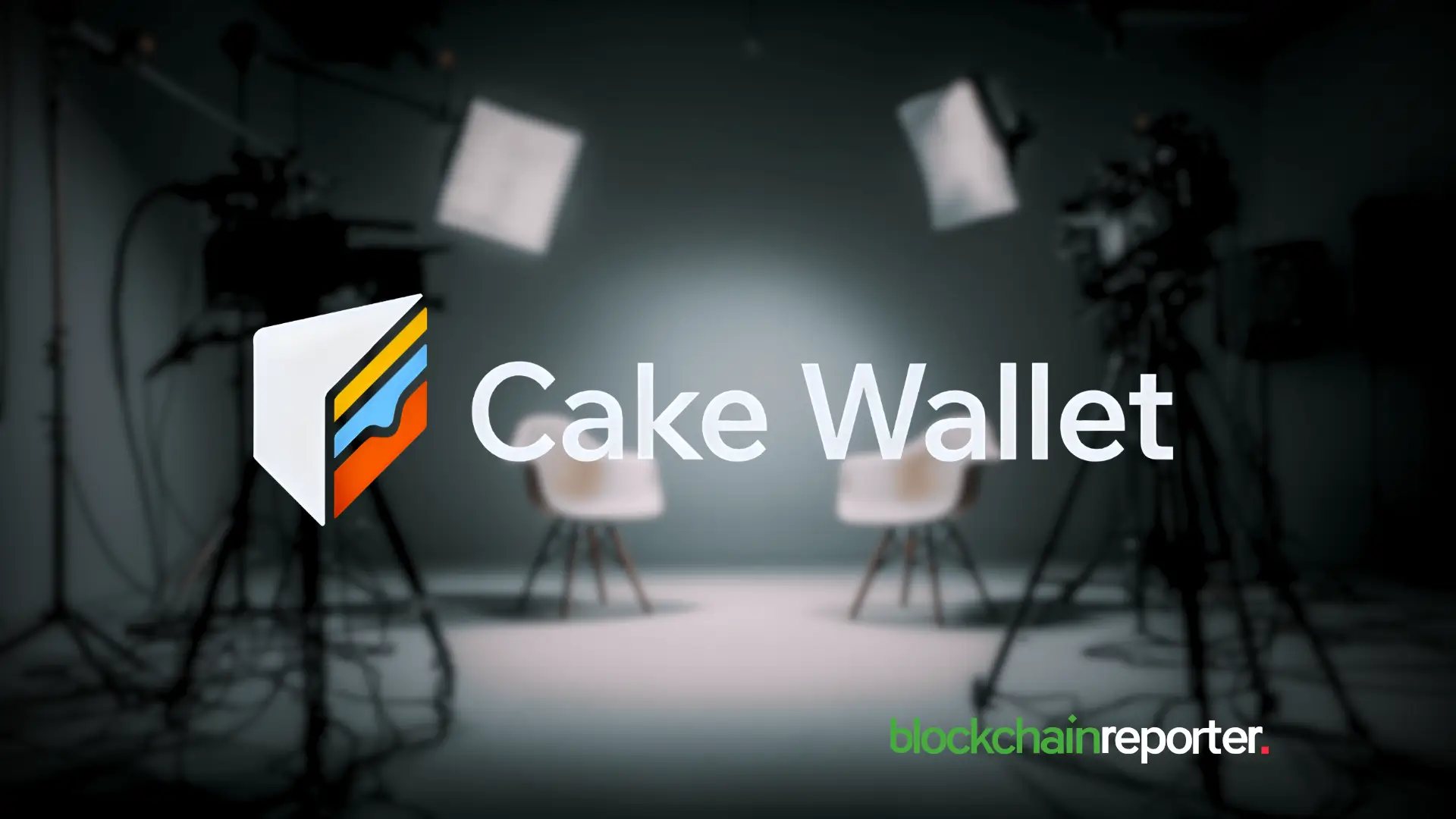Beyond the Ledger: Cake Wallet’s Vice President on Preserving Privacy After Harper v. Faulkender



Q1. The U.S. Supreme Court’s refusal to review Harper v. Faulkender effectively upholds the third‑party doctrine for on‑chain records. What was your immediate reaction when you heard the news, and how do you interpret its impact on everyday crypto users’ privacy?
Unfortunately, this was a fairly expected outcome in the financial surveillance paradigm we find ourselves a part of in 2025. The US government has been clamping down on any financial privacy for many years, beginning with the Bank Secrecy Act of 1970 and culminating in the PATRIOT Act of 2001. Ensuring visibility of all movements of funds is a clear goal of the US government, and cryptocurrency shouldn’t expect to be an exception to that norm, even if the norm is a heinous violation of every citizen’s right to privacy.
Q2. Blockchains are fundamentally transparent. In light of this ruling, how do you balance the inherent transparency of public ledgers with the privacy expectations of self‑custodial wallet users?
Ruling like this should drive home one simple fact to the crypto community – if money is transparent by default, you should expect that it will be surveilled to the fullest extent possible by nation states. The fact that our transaction data in Bitcoin is visible to all outside observers in many situations makes this paradigm even worse than in a world with wide access to physical cash. A false idea of privacy when taking self-custody is rapidly evaporating, and in the wake of this discovery we see a mass of users rushing for privacy tools on Bitcoin, crypto currencies that are private by default like Monero, and avoiding centralized exchanges that collect onerous amounts of personal data just to buy and sell cryptocurrency.
Q3. You’ve noted that self‑custodial wallets offer relief from exchange subpoenas. With this judicial landscape, what practical advantages does holding your own keys still provide, and where does it fall short?
The key advantage that comes with holding your own keys and withdrawing from central exchanges to your own wallets is that the transactions you make after withdrawal fall outside of the scope of any exchange subpoena. While the exchange will be forced to provide your personal information and any transactions you made while using the exchange, those seeking to learn what you did with your cryptocurrency will have to look elsewhere to see further movement of funds.
The downside of most self-custodial wallet usage is that it’s leveraging crypto currencies that are transparent by default, i.e. Bitcoin, which makes it trivial for the surveillance state to follow the flow of funds even after withdrawal from an exchange into self-custody. To properly break the link with your activity on an exchange, users will have to either use crypto currencies that are private by default, or they will have to take additional steps to use privacy-preserving tools on Bitcoin like Silent Payments, Payjoin, and coin join.
Q4. Cake Wallet’s Silent Payments allow users to transact using static, reusable addresses without leaving a linkable history. Can you walk us through how Silent Payments technically break the on‑chain address linkage?
Silent Payments change the paradigm of addresses in Bitcoin. Instead of the recipient telling the sender where to send funds on-chain, with Silent Payments the sender is actually the one who creates the on-chain address for the receiver. When the sender wants to pay a Silent Payment address, their wallet automatically uses two public keys in the long Silent Payment address plus the public keys of the inputs they’re spending to create a unique, one-time on-chain Bitcoin address that only the receiver can spend from.
While this doesn’t solve all of Bitcoin’s privacy problems, it solves the largest issue with Bitcoin privacy today – address re-use. Silent Payments make it so that anyone can easily share a single, static address with better privacy than ever before.
Q5. How does PayJoin complement Silent Payments? Can you explain a typical user flow when leveraging both features together for maximum privacy?
The beauty of Payjoin is that it requires zero additional effort to gain improved privacy. If the sender and receiver’s wallets support Payjoin, the transaction will happen as smoothly as a standard Bitcoin transaction, even while helping to obscure the true sender, the true recipient, and the amount in the transaction.
While Silent Payments aren’t necessarily something that will be broadly used in the same transaction, together they provide an improvement to privacy when receiving (Silent Payments) and when spending (Payjoin) that helps to improve the default privacy of every user of Bitcoin.
Q6. Beyond government summonses, criminal actors also exploit on‑chain analytics. How well do Silent Payments and PayJoin stand up in threat scenarios like deanonymization attacks or “chain‑analysis” subpoenas?
The privacy provided by Silent Payments and Payjoin are especially effective against lower-level actors like criminals, but don’t hold up as well to targeted scrutiny by those with advanced tracing tools. Bitcoin is transparent by design, so any attempts to gain privacy are necessarily battling this transparent nature. With broader usage we could see Payjoin become a powerful tool even against targeted tracing attempts, but users of Bitcoin should not assume that they are protected against more advanced tooling as there are many, many ways that users can harm their privacy and link funds together without knowing it.
Q7. Privacy features often come with UX frictions. What steps has Cake Wallet taken to ensure Silent Payments and PayJoin feel seamless to non‑technical users?
With Silent Payments, we’ve simplified the user flow as much as possible. One toggle is all it takes to enable receiving Silent Payments, and then you can simply select your Silent Payments address or QR on the receive screen whenever needed. There is additional scanning time necessary when synchronizing your Bitcoin wallet with Silent Payments, but this process is rapidly improving and almost entirely mitigated with Cake Wallet’s background sync functionality.
Payjoin is even simpler, as users merely need to enable it and then never think about it again! It will be a native part of their receive screen, and anytime a compatible wallet is being used to send and receive the Payjoin transaction will happen automatically behind the scenes. No extra steps needed, no additional thought required, just better privacy.
Q8. With hacks and phishing scams on the rise against wallets, how does Cake Wallet protect users beyond privacy—especially during feature implementation like Silent Payments?
The beauty of following industry standards with self-custodial wallets is that users of Cake Wallet are protected against all of the normal hacks seen in the industry. As only the end user holds their own keys, no hack or attack against Cake Wallet can cause them to lose their funds. In addition, we have advanced functionality to provide even stronger security for those who need it, including hardware wallet support via Ledger, passphrase support, and even our upcoming app Cupcake that allows you to turn any old Android or iPhone into a cheap, broadly accessible hardware wallet.
Q9. How do you see the tension between privacy‑enhancing features and KYC/AML compliance evolving? Could Cake Wallet ever integrate optional compliance rails without compromising user privacy?
Again the critical piece here is Cake Wallet’s complete lack of custody of user funds. As users are responsible for their own keys, there is no requirement or expectation for Cake Wallet to implement compliance features, and no technical ability to do so either. What users do with their own funds is entirely up to them, and the MSBs and exchanges they interact with are where the regulatory compliance happens today.
Q10. What concrete steps should Bitcoin users take today to safeguard their financial privacy in this new legal environment—both in terms of tooling (like Cake Wallet) and best practices?
The most important ways to reclaim your financial privacy in Bitcoin are three-fold:
Avoid using centralized exchanges that require your personal information when buying Bitcoin. Instead, buy it directly from other Bitcoiners using peer-to-peer exchanges like Peach, Vexl, HodlHodl, Robosats, or Bisq.
This avoids the issue of exchange subpoenas entirely, protecting users from the most problematic surveillance on Bitcoin.
Avoid re-using standard Bitcoin addresses, instead using a new address each time or leveraging Silent Payments wherever possible.
Leverage tools like Payjoin or Lightning for spending whenever possible to better protect your privacy as a sender.

Bitget and Ondo Finance Partner for Seamless Access to Tokenized RWAs
Bitget partners with Ondo Finance, offering tokenized U.S. stocks by enabling 120M+ users with seaml...

What Is BlockDAG? Understanding the Architecture Behind Crypto’s Newest Layer 1 Contender
BlockDAG blends DAG architecture with proof-of-work and EVM compatibility. But what exactly is it, a...

Bit Origin Secures $500 Million Equity and Debt Facilities to Launch Dogecoin Treasury
Singapore, Singapore, 17th July 2025, Chainwire...

